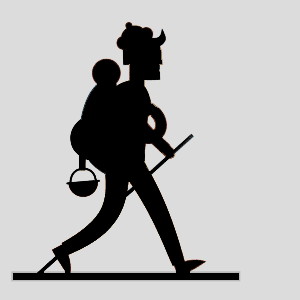
Loading...

Loading...
If someone is experiencing breathing difficulties, it's important to take quick and appropriate action.
Here are the steps you can take to provide first aid for breathing difficulties:
1. Assess the Situation:
- Check for any obvious signs of distress or discomfort.
- Ask the person if they are having trouble breathing and if they can speak.
2. Help the Person Sit Upright:
- Encourage the person to sit in a comfortable, upright position. This can help ease breathing by allowing the chest to expand more easily.
3. Loosen Tight Clothing:
- If the person is wearing tight clothing, such as a tie or scarf, loosen it to reduce any constriction around the neck and chest.
4. Stay Calm and Reassure:
- Provide reassurance and help the person stay calm, as anxiety can worsen breathing difficulties.
5. Encourage Slow Breaths:
- Encourage the person to take slow, deep breaths through their nose and exhale slowly through their mouth. This can help regulate breathing and reduce hyperventilation.
6. Use a Paper Bag (If Hyperventilating):
- If the person is hyperventilating, you can offer a paper bag for them to breathe into. Breathing into a paper bag for a short period can help rebalance carbon dioxide levels in the blood.
7. Administer Oxygen (if available):
- If you have access to supplemental oxygen and the person is struggling to breathe, you can administer oxygen if you are trained to do so.
8. Call for Professional Help:
- If the breathing difficulty is severe, worsening, or doesn't improve after a few minutes, call emergency medical services (911 or your local emergency number) for professional assistance.
9. Perform CPR (if necessary):
- If the person becomes unresponsive and stops breathing, start CPR (Cardiopulmonary Resuscitation) immediately. Begin with chest compressions and rescue breaths following the guidelines for basic life support.
It's important to note that if the person's breathing difficulties are severe, if they are turning blue or gray, or if you suspect a severe allergic reaction or any other serious medical condition, do not hesitate to call for professional medical assistance. Providing appropriate first aid measures can help support the person until trained medical professionals arrive on the scene.
Checking breathing and pulse rate are important skills in assessing a person's condition during first aid situations. Here's how to check both:
To check a person's breathing, follow these steps:
To check a person's pulse rate, follow these steps:
Remember, in an emergency situation, you may need to quickly assess breathing and pulse rates to determine if someone requires immediate medical attention. If you're uncertain about the person's condition or if you cannot detect a pulse or breathing, it's important to call for professional medical help (119 or your local emergency number) and begin appropriate first aid measures, such as CPR if needed
377